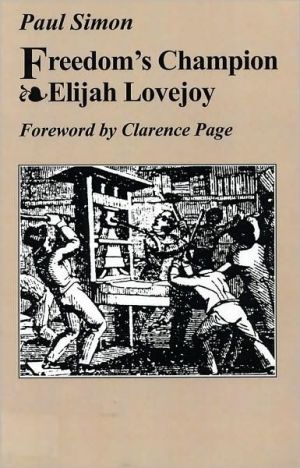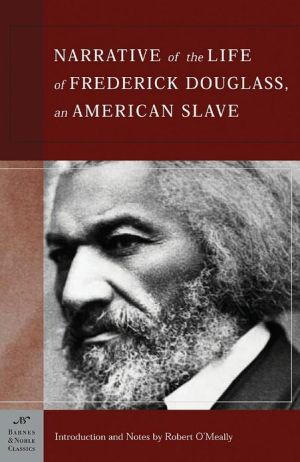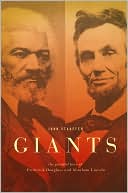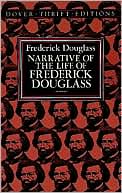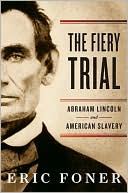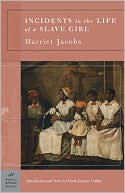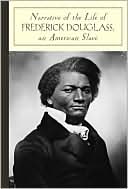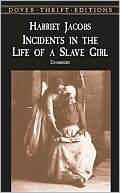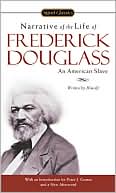Freedom's Champion: Elijah Lovejoy
In this revised edition of his earlier biography, Paul Simon provides an inspiring account of the life and work of Elijah Lovejoy, an avid abolitionist in the 1830s and the first martyr to freedom of the press in the United States.\ Lovejoy was a native New Englander, the son of a Congregational minister. He came to the Midwest in 1827 in pursuit of a teaching career and succeeded in running his own school for two years in St. Louis. Teaching failed to challenge Lovejoy, however, so he bought...
Search in google:
In this revised edition of his earlier biography, Paul Simon provides an inspiring account of the life and work of Elijah Lovejoy, an avid abolitionist in the 1830s and the first martyr to freedom of the press in the United States.Lovejoy was a native New Englander, the son of a Congregational minister. He came to the Midwest in 1827 in pursuit of a teaching career and succeeded in running his own school for two years in St. Louis. Teaching failed to challenge Lovejoy, however, so he bought a half interest in the St. Louis Times and became its editor. In 1832, after experiencing a religious conversion, he returned east to study for the ministry at Princeton Theological Seminary. After his graduation, Lovejoy was called back to St. Louis by a group of Christian businessmen to serve as the editor of a new religious newspaper, the Observer, promoting religion, morality, and education. It was through this forum that Lovejoy took an ever stronger stance against slavery.In the slave state of Missouri, such a view was not only unpopular, but in the eyes of many, criminal. As a result, Lovejoy and his family suffered repeated persecution and acts of violence from angry mobs. In July 1836, in hopes of finding a more tolerant community in a "free" state, he moved both his printing press and his family across the Mississippi River to Alton, Illinois.The move to Alton was a fateful one. Lovejoy’s press was dismantled and thrown into the river by a mob on the night of its arrival. Lovejoy ordered a new printing press, and it, too, was destroyed eleven months later. A determined and dedicated man, Lovejoy ordered a third press, and cityofficials took special precautions to ensure its safety after delivery. Nevertheless, an organized and angry mob rolled this third press, still in its crate, into the river exactly one month after Lovejoy’s second press had been destroyed. A fourth press, housed in a large stone warehouse and guarded by Lovejoy and his supporters, met the same fate but only after a drunken mob had killed Lovejoy himself. He was buried two days later, 9 November 1837, on his thirty-fifth birthday. No one was ever convicted of his murder.Rather than suppressing the abolitionist movement, Lovejoy’s death caused an eruption of antislavery activity throughout the nation. At a protest meeting in Ohio, John Brown dedicated his life to fighting slavery, and Wendell Phillips emerged from a Lovejoy protest meeting in Boston to become a leader in the antislavery fight.Simon defines Lovejoy’s fight as a struggle for human dignity and the oppressed. He distinguishes Lovejoy as a courageous and admirable individual and his story as an important and enduring one for both the cause of freedom for the slaves and the cause of freedom of the press.Publishers WeeklyIn this successful adult version of his 1964 YA biography of Elijah Lovejoy, Martyr to Freedom, Illinois Senator Simon (like Lovejoy, was an Illinois newspaper editor and the son of a Lutheran minister) follows his hero from a fundamentalist religious upbringing through his stormy career in heavily Catholic St. Louis in the 1800s as editor of the St. Louis Times and later of the Protestant Observer. Because of his abolitionist and anti-Catholic campaigns in a slave state, and despite his move to Alton in free-territory Illinois, he was fatally shot in 1837 at age 35 by a mob who destroyed his press as well. His murderers escaped punishment. Lovejoy attracted national attention for his stance that slavery was ``a sin,'' and for organizing a widely attended antislavery Conference in Alton a few weeks before his death. Photos not seen by PW. (Dec.)
\ Publishers Weekly - Publisher's Weekly\ In this successful adult version of his 1964 YA biography of Elijah Lovejoy, Martyr to Freedom, Illinois Senator Simon (like Lovejoy, was an Illinois newspaper editor and the son of a Lutheran minister) follows his hero from a fundamentalist religious upbringing through his stormy career in heavily Catholic St. Louis in the 1800s as editor of the St. Louis Times and later of the Protestant Observer. Because of his abolitionist and anti-Catholic campaigns in a slave state, and despite his move to Alton in free-territory Illinois, he was fatally shot in 1837 at age 35 by a mob who destroyed his press as well. His murderers escaped punishment. Lovejoy attracted national attention for his stance that slavery was ``a sin,'' and for organizing a widely attended antislavery Conference in Alton a few weeks before his death. Photos not seen by PW. (Dec.)\ \ \ \ \ Library JournalLike his subject, Simon was a newspaper editor in southern Illinois. Unlike the unfortunate Lovejoy, Simon survived his earlier career to enter Congress. He has also found time to write several books, including Advice and Consent (LJ 8/92). As in his earlier works, Simon tells his story in excellent fashion. Lovejoy, trained as a preacher, began his editorial career in 1835 in St. Louis with a Presbyterian newspaper. Soon, he was fearlessly attacking slavery but found little tolerance for his stance; instead, he moved upriver to Alton, Illinois, where he once again encountered strong opposition to his views. On November 7, 1837, in an attempt to protect his press from a mob, Lovejoy was shot and killed. Simon tells the story crisply and without the burden of a heavy academic style. He enhances the book by relating Lovejoy's legacy and the subsequent history of his family. Highly recommended for academic and public libraries.-Boyd Childress, Auburn Univ. Lib., Ala.\ \
